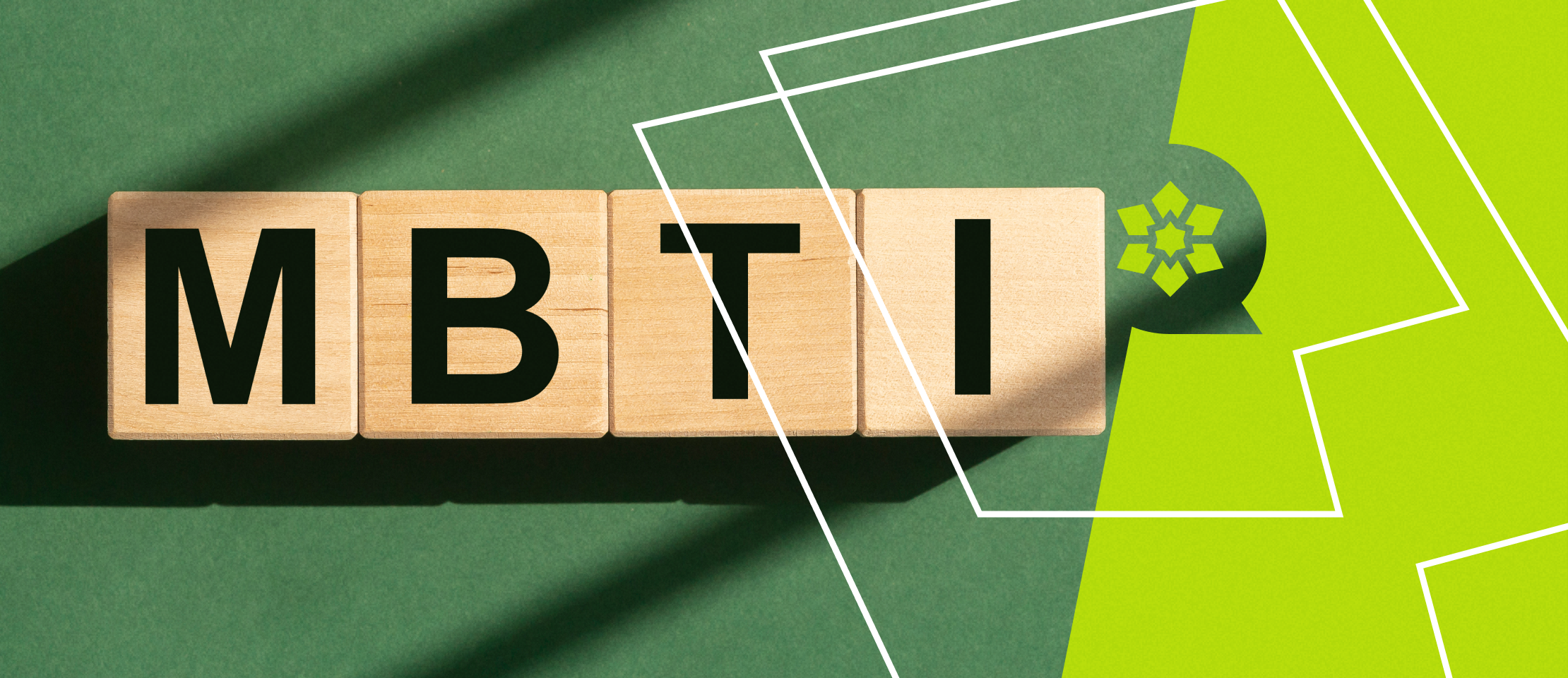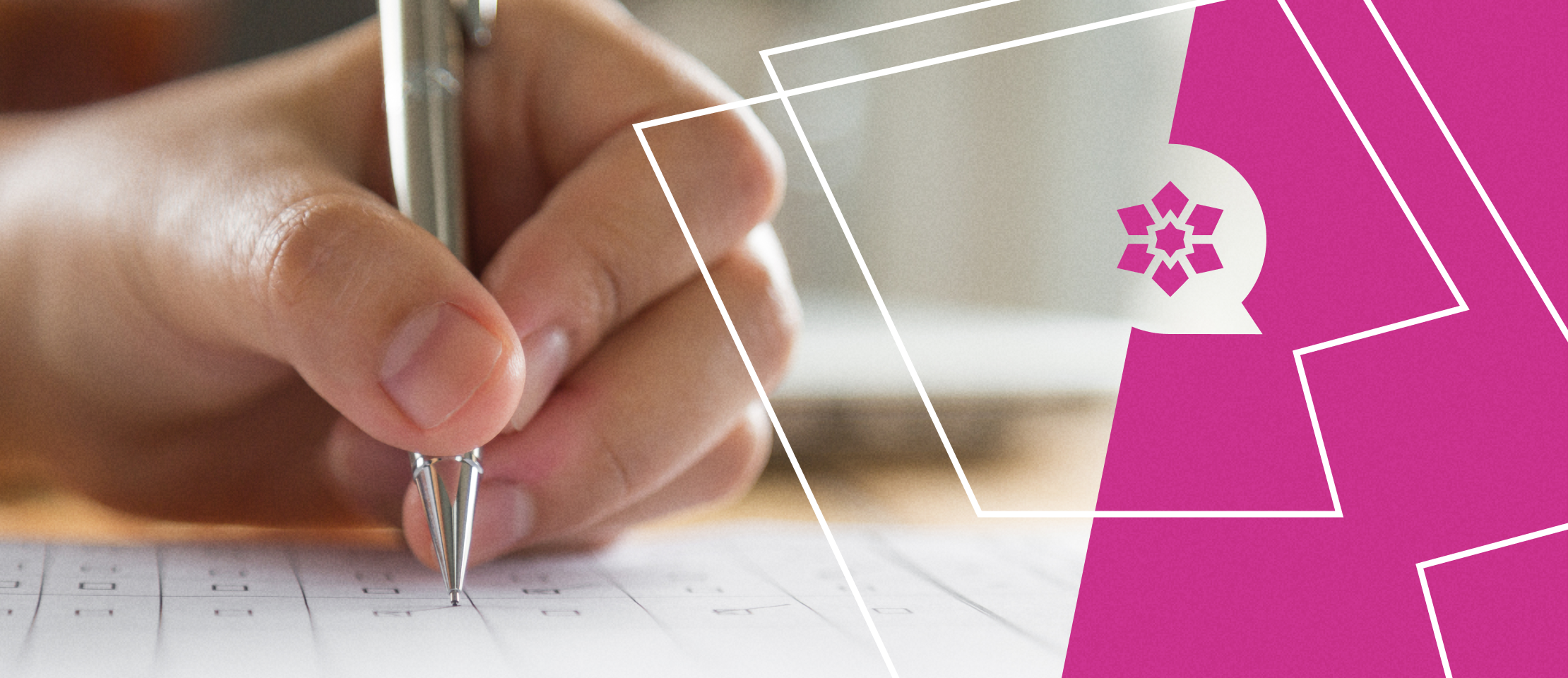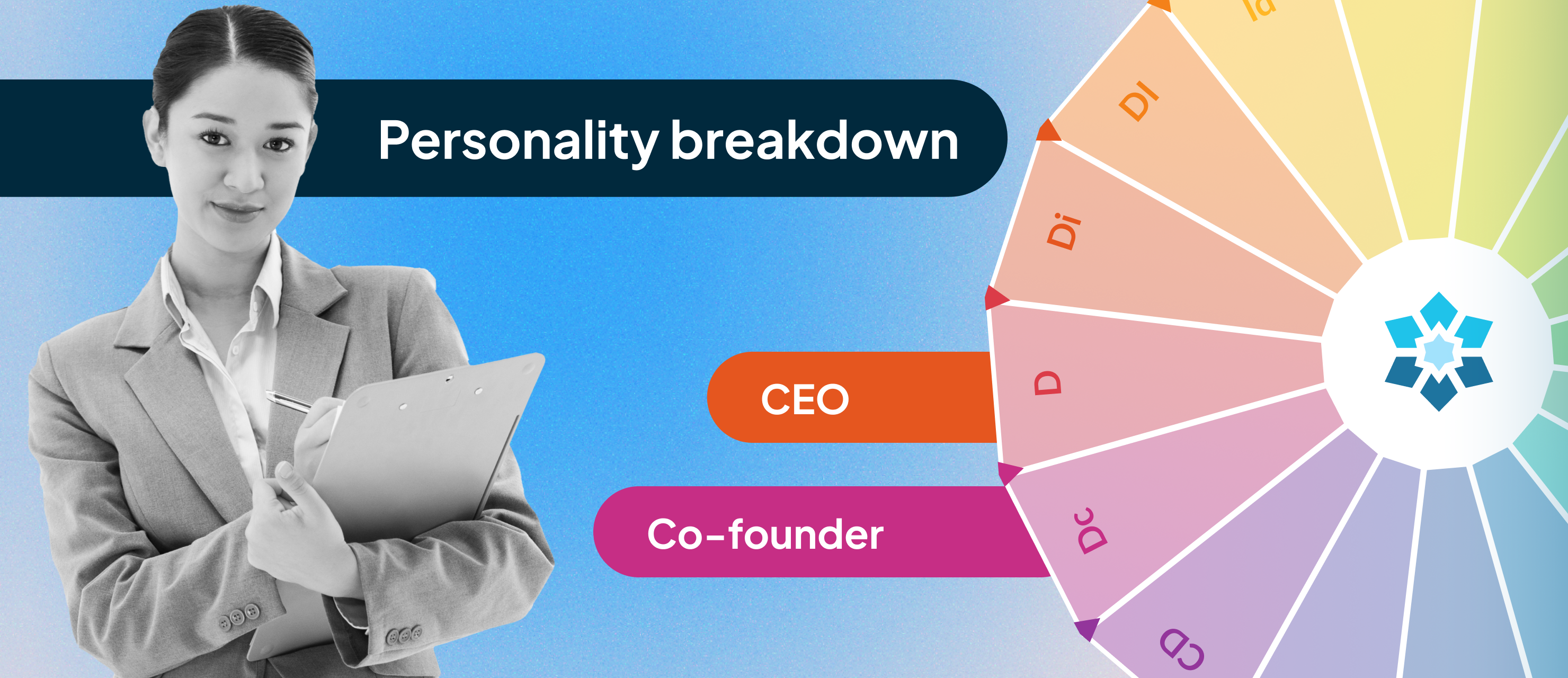
Being perceived as introvert vs extrovert usually is characterized by how you respond to social situations and stimuli from everyday life. Extroverts are generally thought to enjoy the spotlight or being the center of attention, while introverts are more anti-social and isolated. These stereotypes aren't very forgiving, yet in reality, they are far more intricate.
As complex beings, humans may not fit on just one side of the spectrum. Depending on what energizes us and what types of things drain us, we may fall anywhere on this spectrum-- showing both introverted and extroverted tendencies. Keep in mind as you read on that there are different types of introverts and extroverts, and everyone can be a little bit of both at a particular time or another.
What is the difference between an introvert and an extrovert?
Extroversion and introversion refer to where someone gets their energy from. The difference between an extrovert and an introvert is extroverts are energized through socialization and collaboration, whereas introverts receive energy from alone time or in social settings with much smaller groups. For example, after a long work week, an extrovert will typically enjoy spending time with others at social gatherings. In contrast, an introvert may wish to avoid all social activities and instead go home to decompress alone. With varying levels of intensity, people often identify with both personality types depending on the circumstances.
Introvert vs Extrovert Chart
When comparing introversion vs extraversion, remember that it is not black and white. Each person can be introverted or extroverted at times, with a tendency to lean more one way or another. Or, you may be an ambivert (most people are) and fall somewhere between-- consistently extroverted in some areas and introverted in others. Understanding these differences can help you better navigate different scenarios and understand how you interact with the world around you.
|
Comparison |
Introvert |
Extrovert |
|
How do you spend your time? |
Solitary activities such as reading or listening to podcasts, taking trips to the museum or coffee shop alone, daydreaming, or writing |
Social activities such as group dinners or parties, going out to events or venues with groups of friends, meeting new people, or trying new things |
|
Do you prefer large or smaller groups of people? |
Smaller groups of people |
Larger groups of people |
|
Do you feel comfortable or anxious around strangers? |
Can feel anxious or uncomfortable around strangers and may feel drained after too much social interaction |
Does not feel anxious or uncomfortable around strangers and enjoys meeting and getting to know new people |
|
What is your ideal work environment? |
Peaceful, quiet, with plenty of alone time to independently complete tasks |
Social, lively, with lots of collaboration and opportunity to interact with coworkers |
|
How do you behave in social settings? |
Shy or reserved |
Outgoing or social |
|
How do you communicate with others? |
Prefer to organize your thoughts and think through opinions before voicing them (in writing if possible) |
Speak ideas and thoughts with ease and confidence and enjoy face-to-face conversations |
|
How do you process information? |
Very introspectively, taking time to understand all factors |
Tend to think out loud, forming ideas and opinions as they discuss |
Extrovert vs. introvert characteristics explained
1. How do you spend your time?
Differences in introverts and extroverts characteristics have a significant impact on how they spend their free time. Introverts typically enjoy spending their time participating in solitary activities that allow them peace from others. These activities can vary depending on someone's interests. Still, generally, activities such as reading, writing, listening to music or podcasts, or single-player games and activities are all excellent options for introverts. On the other hand, extroverts are more inclined to spend their time with others; extroverted people usually like to attend large social events, go out on the town, or participate in group games and activities.
2. Do you prefer large or small groups?
Extroverts tend to receive energy when in larger groups and thus prefer them for socializing and collaborating over small groups. In both professional and social settings, introverts prefer small groups and often find small talk and large groups extremely draining.
3. Do you feel comfortable or anxious around strangers?
Social anxiety can occur in both an extroverted and introverted person, and feeling anxious is not always a characteristic of an introvert. That being said, extroverted people tend to be more open towards and welcome social interaction with strangers. While introverts are more likely to experience adverse feelings towards a social situation, that isn't automatically the case-- it could just be the idea of socializing itself that makes them uncomfortable or anxious.
4. What is your ideal work environment?
The most ideal jobs for introverts will typically include quiet, solitary work environments, where they are free from external stimulation and distractions and can concentrate on their tasks. They may find being productive a challenge when in a busy, social, or open-concept office and struggle when required to interact with coworkers or clients constantly. In contrast, the best jobs for extroverts will include active, heavily collaborative team settings, where they can talk through their ideas and problems and socialize with their colleagues.
5. How do you behave in social settings?
In social settings, introverts tend to act more reserved or even shy in their demeanor, as they process things introspectively and are often in their thoughts. Introverts aren't necessarily shy as they may seem; they just prefer to build meaningful connections with fewer people, gaining energy through smaller social gatherings. Extroverts are often bold and enthusiastic when socializing, perhaps even the center of attention or seeming as though they can't stop talking. In social settings, extroverts usually jump at the chance to introduce themselves to someone new and will seek out experiences that allow them to do so.
6. How do you communicate with others?
When communicating with others, extroverts prefer to communicate verbally and face-to-face. They like to quickly process information and speak their mind, figuring things out as they go and bouncing their ideas off of others. Introverts typically prefer one-on-one, deep, and meaningful conversations. Because they put a lot of thought behind their words and take time to organize their opinions and feelings, they place a high value on communicating with others. They are more open and social with those in their close circle than with strangers or colleagues and acquaintances.
7. How do you process information?
Extroverts process information verbally, often thinking through problems and ideas out loud. They are fast-paced and may jump from topic to topic while processing; allow them time to reach a conclusion and verbalize things accurately. On the other hand, introverts need time to process the information on their own before voicing their concerns or opinions. While they may seem quiet or timid, introverts are just introspective by nature and will focus on their inner expressions, feelings, and thoughts first.
What is the introvert-extrovert spectrum?
While you may lean heavily one way or another, people typically aren't just an introvert or only an extrovert. Depending on the situation and circumstances, you may be introverted in some areas but extroverted in others. Extroverts and introverts lie on opposite ends of a spectrum, and each person is unique in their position on that same spectrum. Most of the time, people fall somewhere in the middle and can also be known as ambiverts. Being characterized by ambiversion means that you adopt both introvert and extrovert tendencies in how you see, process, and respond to your world.
The introvert vs extrovert spectrum is a way to categorize people based on how they interact with external and internal stimuli. Your level of introversion refers to how introspective you are, whereas extroversion explains how you interact with and respond to external stimuli. When measuring a person's introversion and extroversion, remember that someone will typically resonate more with one side but still exhibit qualities of the other in different contexts.
4 Types of introvert examples
Introversion is complex; contrary to popular belief, it is not a "one size fits most" concept. Most people who identify as introverts are a unique mix of four main types: anxious, thinking, social, and restrained. These types were determined through a study done by Jonathan Cheek in 2011. He interviewed around 500 self-proclaimed introverts from the ages of 18 to 70, asking them to rate different statements based on how characteristic they felt they were of themselves. While all four types of introverts share a more inward-facing quality, there are many distinctions as well.
1. Social
Social introversion encompasses the more traditional or stereotypical introvert style; this type tends to prefer smaller groups or being alone instead of larger, more collaborating groups. Constantly interacting with others or being required to be social can be very draining for social introverts because they draw their energy from solitude. Social introverts may be misperceived as shy people when in reality, they prefer to remain silent or more reserved in social settings. To measure participants' level of social introversion, Cheek would ask them how true statements such as "I do not have a strong need to be around other people" and "I feel drained after social situations, even if I enjoyed myself" were for them.
2. Thinking
Different from social introverts, thinking introverts do not necessarily steer clear from social situations or events. Thinking introverts are more inclined to get lost in their thoughts, as they are very introspective and reflective by nature. When processing information, these people may seem to momentarily leave the conversation as they organize their thoughts and think through their words before speaking. These types of introverts find peace in activities such as reading or researching, where they can be in a cognitive, thoughtful state. To measure a participant's level of thinking introversion, they were asked how true statements such as "I have a rich, complex inner life" and "I am inclined to be introspective, that is, to analyze myself" were for them.
3. Anxious
People with anxious introversion may shy away from large events or circumstances that push them out of their comfort zone or situations that make them feel nervous or unsafe. Anxious introverts tend to avoid social interactions at all costs, often coming off as rude or dismissive. This avoidance may stem from being self-conscious or a fear of the uncomfortable. Even when alone, anxious introverts may spend time overanalyzing things that have occurred or overthinking what could go wrong in the future. To measure a participant's level of anxious introversion, they were asked how true statements such as "When I enter a room I often become self-conscious and feel that the eyes of others are upon me" and "Even when I am in a group of friends, I often feel very alone and uneasy" were for them.
4. Restrained
Restrained, or inhibited, introverts are usually calm and collected and place a high value on thinking through each of their thoughts and opinions before voicing them aloud. Restrained introverts are typically very reserved in social settings and can appear stoic or difficult to read. They put a lot of thought into their words and actions and may take longer to execute tasks or make decisions as a result. To measure a participant's level of restrained introversion, they were asked how true statements such as "For relaxation, I like to slow down and take things easy" and "I often act on the spur of the moment" were for them.
4 Types of extrovert examples
Typically thought of as the outgoing, social butterflies, extroverts don't shy away from social settings and welcome new experiences with open arms. Similar to introverts, however, four overarching types of extroverts have been distinguished. These varying types of extroversion characterize how a person gains and processes information about the world around them. These four types, discovered through the work of psychologist Carl Jung--sensing, intuitive, feeling, and thinking-- have since become fundamental in the understanding of personality and measuring extroversion.
1. Sensors
Sensing extroverts rely on external stimulation for both their enjoyment and as an energy source. Instead of turning inward, they use their five primary senses to gather and interpret information from around them and draw their conclusions from that. Because of their need for external stimulation, they often engage in new experiences or hands-on activities-- anything that will put them in exciting environments. These people prefer bonding with others over fun activities or adventures that provide physical stimulation instead of deep conversations.
2. Intuitors
Unlike sensors, intuitive extroverts do not rely on external stimulation for most of their energy but rather through theorizing about philosophical concepts or sharing ideas with others. Intuitors enjoy deep, meaningful conversations that will cause them to think critically or form connections about the world around them. These extroverts take the information they've gathered to develop possibilities of what may happen in the future or how things are interconnected. Although they may struggle at times to be present in the moment, intuitors are open-minded and enjoy understanding different perspectives-- a trait that makes them nonjudgmental and welcoming to others with opposing beliefs or opinions.
3. Feelers
Feeling extroverts receive energy from connecting with others and require constant human interaction for their well-being. They strive to form meaningful connections, share ideas, and understand them and their values when interacting with others. They are natural peacekeepers and will often put the needs of others ahead of their own, sometimes forgetting to take care of themselves altogether. Subsequently, these types of extroverts are highly empathetic of others and place a high value on morals.
4. Thinkers
Confident, assertive, thinking extroverts are natural leaders who typically receive energy from leading others and accomplishing goals. Because they find comfort in structure, thinking extroverts prefer to have an efficient process or system for completing tasks or going about their day. When making decisions, thinkers are decisive, logical, and unafraid to take control and get things done. They are happiest when they are challenged, able to create tangible results, and able to solve problems.
Key takeaways on introversion vs extraversion
Introversion and extraversion are both far more complex than people usually realize. Rather than being black or white, these traits fall at opposite ends of a spectrum-- with most people falling somewhere in between. Most people are considered ambiverts, as they may have both introvert and extrovert tendencies depending on the context. Each person is unique and therefore displays their own blend of these characteristics. Learning about your personality type is beneficial to understanding the way you process information, respond to external or internal stimuli, and where you receive your energy from.
Extroversion and introversion are among various other personality-defining traits. Take our free personality assessment to learn your unique profile.








